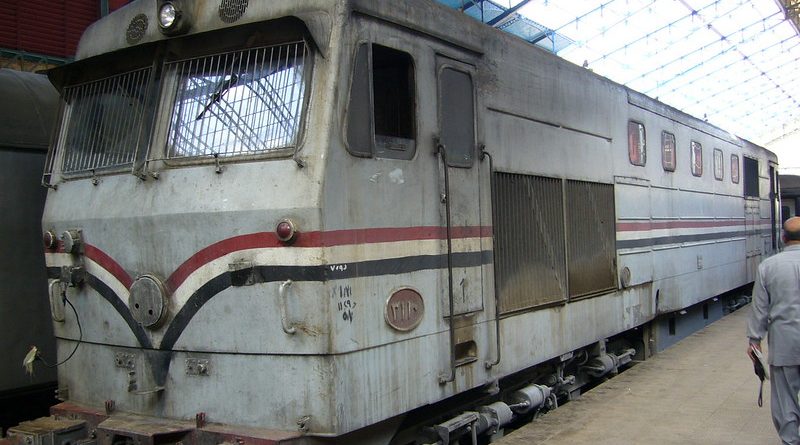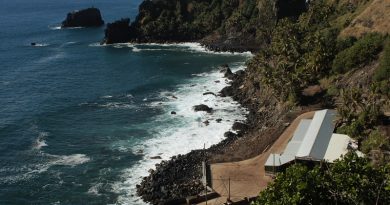The Capetown to Cairo Railway
Part of so called ‘Scramble for Africa’, British colonialism in Africa was closely linked to the concept of the Cape to Cairo Railway.
In 1870, 10% of Africa was under European control; by 1914 it was 90%, with only Abyssinia (Ethiopia) and Liberia still independent.
This railway plan was initiated at the end of the 19th century, largely based on the vision of British entrepreneur and colonialist Cecil Rhodes, in an attempt to connect adjacent African possessions of the British Empire through a continuous railway line from Cape Town, South Africa to Cairo, Egypt.
Rhodes envisioned a continuous red line of British dominions from north to south. A railway would be critical to unify possessions, facilitate governance, enable the military to move quickly to hot spots and would help settlement and foster trade.
Rhodes was a colonialist and mining prospector. Travelling through central Africa in search of new territories for the crown, he had already claimed the territory south of the Zambezi River – present day Zimbabwe – and it had been named Southern Rhodesia in his honour. Now he turned his attention to the territory north of the river.
As a businessman, Rhodes was keen to exploit the area’s natural resources and was hoping to find gold and also scouting trips had revealed huge copper deposits. But he had a problem. The railway in Southern Rhodesia had reached the Victoria Falls in 1904. But from there, the only way to cross the Zambezi was by canoe, braving crocodiles and hippos, or later, by barge towed across by a steel cable.
Rhodes was impatient. He had grand plans to continue the railway all the way to Cairo and didn’t want to waste time.
So he started an extremely ambitious construction project.- the Victoria Falls bridge.
He then began to build a railway line on the north bank, transporting a locomotive piece by piece across the gorge on pulleys to be reassembled the other side.
North of the settlement ofLivingstone, an incredible six miles of line was completed a day.
When the bridge opened in 1905, Livingstone became a gateway for trade and the town boomed. Two years later it became the capital city of Northern Rhodesia it still retains a lot of its colonial character. This area in the north west of the town feels like another world. It was reserved for the colonial government and white-owned businesses and residential areas. The east and the south were inhabited by local craftsmen.
Ultimately, Rhodes’ plan didn’t succeed. There were formidable obstacles including geography, climate ,the problem of varying track gauges and the competing ambitions of other colonial powers including the the French , Germans, Portuguese and the Boers in South Africa.
After WW1, there was no
no longer the economic power to complete the project and after WW2, the struggles of the African peoples led to the demise of colonialism and so the scheme was never completed. While railways were constructed from the south heading north and from Egypt heading south ,a gap remained between Sudan and Kenya.
Today about the remnants of what would have been the Capetown to Cairo Railway is operational – about 3,495 miles out of total 6,518 miles.
To find out more about abandoned and operating rail networks in Africa check out our article Africa’s Tough Trains.




